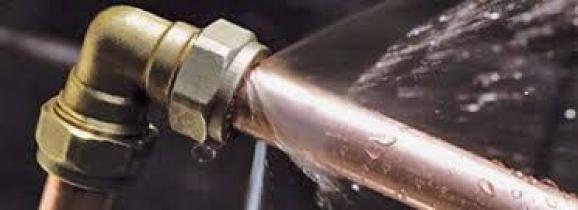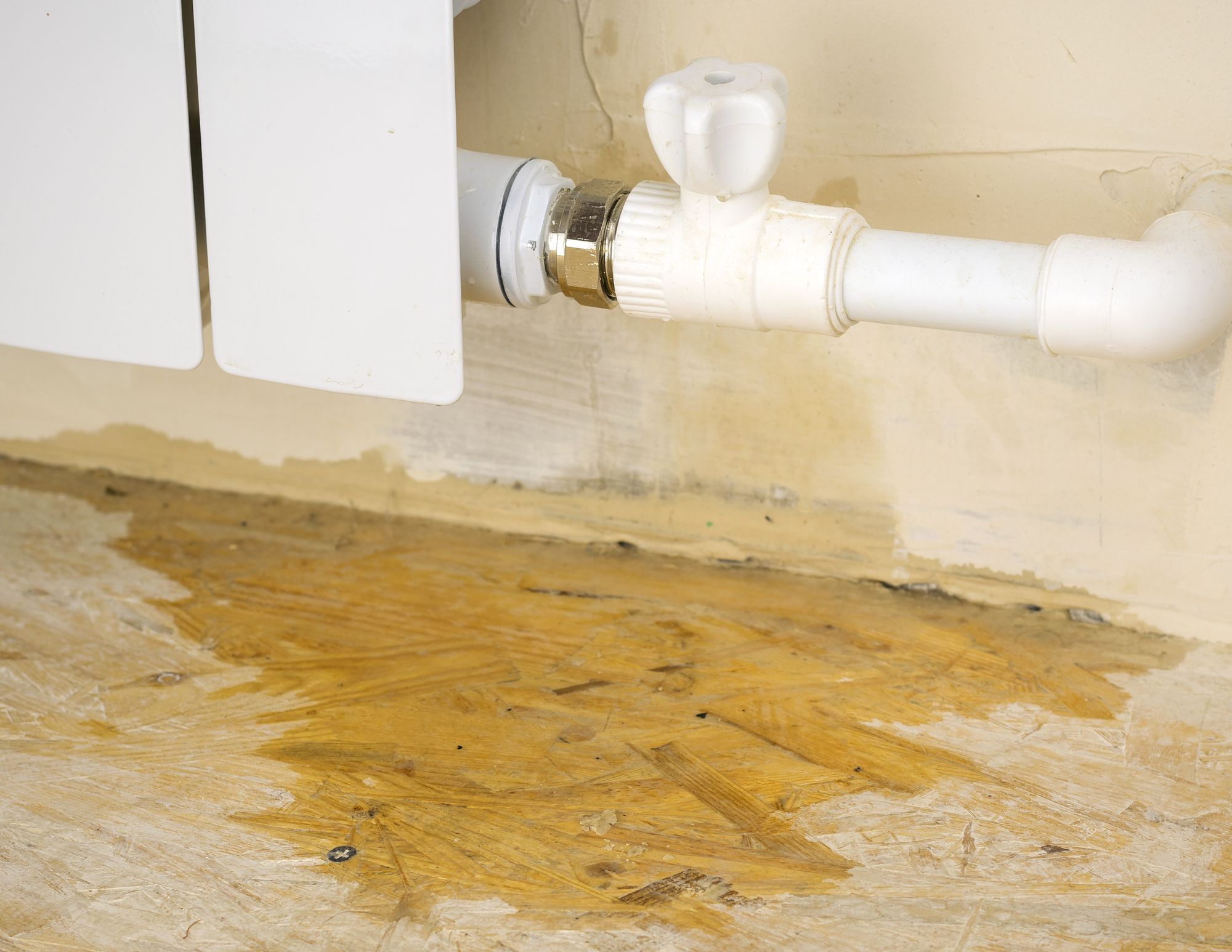How to Stop the Six Most Common Water Leaks in Your Home
How to Stop the Six Most Common Water Leaks in Your Home
Blog Article
We have noticed this great article relating to How to detect water leaks in your home directly below on the web and concluded it made good sense to write about it with you over here.

Leaks not only create waste of water yet can also trigger unnecessary damages to your residence and advertise undesirable natural growth. Sadly, water leaks could go undetected considering that most of the pipework in our residence is concealed. By understanding and looking for daily situations that cause leakages, you can secure your house from future leaks and also unnecessary damage. Today, we will certainly look at 6 leakage causes that might be triggering your pipes to trickle.
Intruding roots
A lot of water leaks begin outside your home rather than inside it. If you observe a sudden decline in water pressure, claim in your tap, take some time to go out and also examine your backyard. You might observe damp patches or sinkholes in your yard, which could imply that tree origins are invading water lines triggering water to seep out. You can have your plumber look for intrusion, particularly if you have trees or hedges near your residential property.
Corroded water supply
As time goes by, your plumbing system ages and also rust such as corrosion might begin eating away the pipes. This might be the root cause of staining or warping on your water pipes. This requires an examination with your plumber right away. If our plumbing system is old, think about changing the pipelines since they are at a higher danger of deterioration than the more recent designs.
Malfunctioning Pipeline Joints
Pipe joints can deteriorate over time, resulting in water leakages. If you have loud pipelines that make ticking or banging noises, especially when the hot water is turned on, your pipe joints are possibly under a whole lot of stress.
Immediate temperature changes.
Severe temperature level adjustments in our pipes can create them to broaden and contract unexpectedly. This expansion and contraction might create fractures in the pipes, specifically if the temperature level are below cold.
Poor Water Connectors
At times, a leakage can be triggered by loosened hose pipes and pipelines that supply your devices. Usually, moving is what causes the loose water Links. You may locate in the case of a cleaning device, a tube might spring a leakage as a result of drinking throughout the spin cycle. In case of a water connections leak, you might discover water running directly from the supply line or pools around your home appliances.
Clogged Drains
Blocked drains pipes might be frustrating and inconveniencing, but they can occasionally end up creating an overflow leading to break pipes. Keep eliminating any type of materials that might decrease your drains pipes that might block them to prevent such inconveniences.
All the above are sources of leakages but not all water leakages arise from plumbing leakages; some leakages may originate from roofing system leakages. All leakages should be repaired immediately to prevent water damages.
Leakages not only cause waste of water however can additionally cause unnecessary damages to your house and advertise unwanted organic development. By understanding and looking for daily circumstances that trigger leakages, you can secure your house from future leakages and unneeded damage. Today, we will certainly look at six leak triggers that might be creating your pipes to leak.
At times, a leakage can be triggered by loosened hoses and pipes that supply your appliances. In situation of a water connections leak, you may notice water running directly from the supply line or pools around your devices.
How To Check For Water Leak In Your Home
How To Check for Leaks
The average household's leaks can account for nearly 10,000 gallons of water wasted every year and ten percent of homes have leaks that waste 90 gallons or more per day. Common types of leaks found in the home are worn toilet flappers, dripping faucets, and other leaking valves. These types of leaks are often easy to fix, requiring only a few tools and hardware that can pay for themselves in water savings. Fixing easily corrected household water leaks can save homeowners about 10 percent on their water bills.
To check for leaks in your home, you first need to determine whether you're wasting water and then identify the source of the leak. Here are some tips for finding leaks:
Take a look at your water usage during a colder month, such as January or February. If a family of four exceeds 12,000 gallons per month, there are serious leaks.
Check your water meter before and after a two-hour period when no water is being used. If the meter changes at all, you probably have a leak.
Identify toilet leaks by placing a drop of food coloring in the toilet tank. If any color shows up in the bowl after 10 minutes, you have a leak. (Be sure to flush immediately after the experiment to avoid staining the tank.)
Examine faucet gaskets and pipe fittings for any water on the outside of the pipe to check for surface leaks.
Undetected water leaks can happen without the home or business owner even realizing. If you suspect a water leak, but not able to find the source. It is time to contact a professional water leak detection service, The Leak Doctor.
How To Find a Water Leak In Your Home
https://www.leakdoctor.com/blog/How-To-Check-For-Water-Leak-In-Your-Home_AE197.html

I was guided to that write-up about How to Find Water Leaks through an associate on another web address. Enjoyed reading our entry? Please share it. Let someone else check it out. Many thanks for your time. Please check up our site back soon.
Get Quote Now Report this page